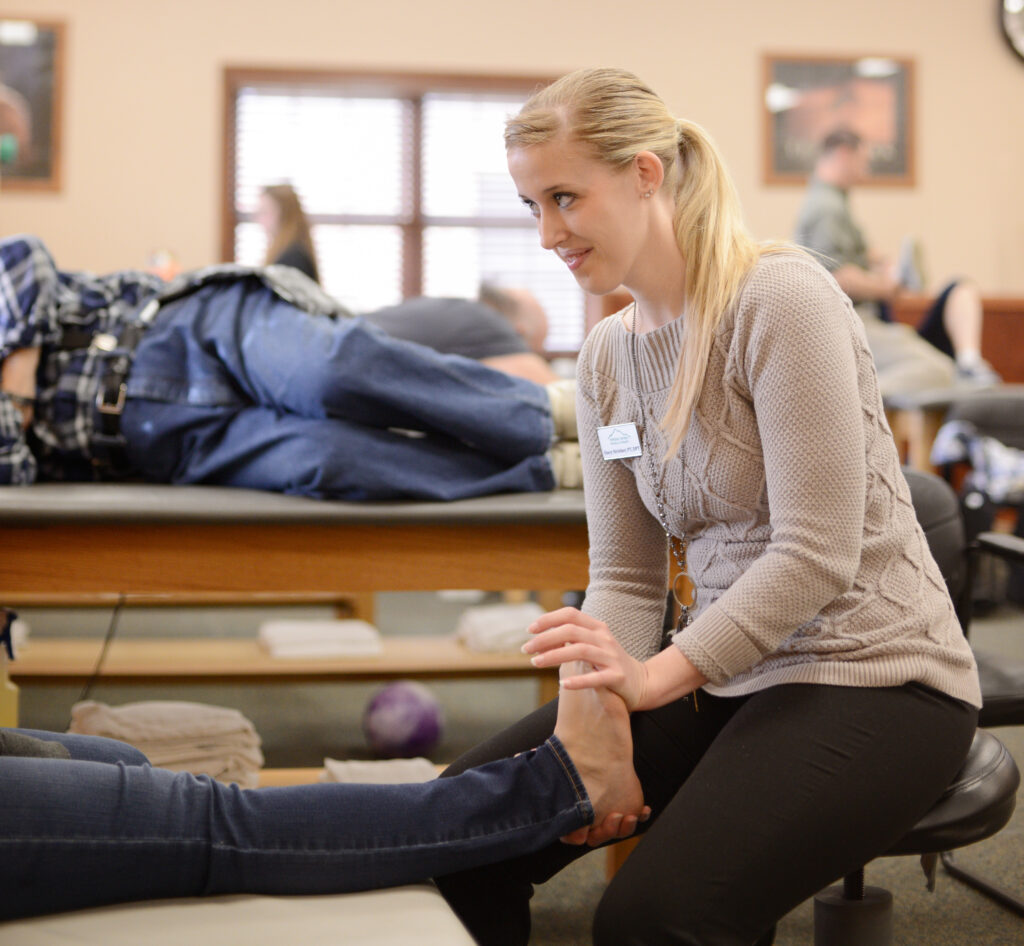By: Haley Leefers, DPT and Clinic Manager
Have you ever considered how your footwear choice affects the rest of the joints in your body? Well, it turns out that poor foot support can cause some serious pain in more areas than just your feet. Think about it, your feet support your ankles, which support your knees and so on. “The knee bone’s connected to the hip bone”, right? In fact, this chain of joints goes all the way through our spine from the low back to the neck, and poor spinal posture can cause poor shoulder posture. That means just about every joint in our body is affected by our footwear and foot posture. So, how does one know what type of shoe is best for their feet?

First, you need to identify which foot posture category you fall under. Remove your shoes and socks and take a look at your feet. Analyze the inside of your feet while seated with no weight through your feet. You will notice that you either have:
- A notable arch in your foot
- A slight arch in your foot
- No arch in your foot (“flat foot”)
Next, analyze the inside of your feet again, but this time while standing. You may need to use a mirror or a friend to help you see this while standing. You will notice one of the following phenomenons:
- Your notable arch, viewed while seated, remains in your foot while you are standing
- The arch in your foot became less apparent, but a small arch remains
- The arch in your foot completely vanished and the entirety of the middle of your foot is on the ground (no space between the ground and the middle of your foot)
- Your foot was flat while seated but now appears even more flat, as if your foot spread out when you put weight through it
- Your foot was flat while sitting, and is still just as flat while standing and there was no movement or difference in the middle of your foot when you compared the seated foot to the standing foot
Use the numbers and letters above to help you identify your appropriate “foot posture category” then continue reading to find out which type of tennis shoe is best for you.
If you chose options 1 and A continue reading this section
If your feet fell under the categories 1 and A then you are considered a “supinator” or in the tennis shoe world an “under pronator”. You may notice that when you are standing you tend to place most of your weight through your heels and the outsides of your feet. You may notice minimal weight is placed through your big toe, or maybe your big toe doesn’t even touch the ground. Even when you try to put weight through the inside of your feet your arch does not give way or collapse. You may have noticed on your old worn tennis shoes that the heels and outsides of the bottom of the shoes look more worn than the other parts. This is just further confirmation that you are, indeed, a supinator. So what does that mean?
Basically, you have a rigid foot that is less capable of shock absorption than other feet. As you have observed with your own eyes, your foot shape does not change much, which is more or less, the definition of rigid. This foot posture is best suited with shoes that are cushioned. Cushioned shoes allow for better shock absorption which is a mechanism your feet are unable to perform naturally due to their rigid nature. Thus, when you are looking for tennis shoes you need to read the description of the shoe, and cue in on words like supination/supinator, underpronator, and cushioned. If a shoes description includes these words in any combination, this is the type of shoes you need. Typically, this type of shoe will NOT have a different color under the arch of the foot. The base of the shoe will usually be a solid color all the way around.
If your feet most closely related to options 1B, 2B, or 3E continue reading this section
If you chose one of the above combinations you have what is considered a neutral foot posture in the shoe world. Let me begin with those who chose options 1B or 2B. Congratulations, you have the best or most normal foot mechanics. When you are standing with both feet on the ground, and your weight distributed equally between both feet, you will likely notice that you feel your weight is equally distributed between the ball of your foot, the outside of your foot, and your heel. If you try to put more weight on the outside of your foot, your arch rises slightly; however, if you try to put more weight on the inside of your foot, your arch collapses slightly. This confirms that you do have a neutral or normal foot.
If you choose 3E it is likely that you have a rigid flat foot. This means that your feet have no arch on the insides when you’re sitting down, and essentially look the same when you are standing. When you stand with your weight distributed evenly between your feet, you can feel most of the weight in the ball of your foot, your heel, and the middle of your foot. If you have worn shoes with an arch in them in the past, you may have noticed increased soreness in the arch of your foot and increased pain with walking and standing. If you believe these apply to you, it is just further confirmation that you have correctly identified your foot posture.
The above mentioned foot postures in this section will respond best to neutral tennis shoes. These shoes are not cushioned and they do not provide stability control or arch support because these features are not required for your foot posture. Groups 1B and 2B, you have great foot mechanics, you do not need any “extras” in your shoes. Group 3E, cushioned shoes may allow your feet to fall into a faulty, over pronation posture while stability control shoes or shoes with arch support will likely cause pain in the arch of your foot where you have limited mobility. All in this group should look for tennis shoes that use the word “neutral” in the description.
If you chose options 1C, 2C, or 3D continue reading this section
If you chose one of the above, this likely means your foot posture is pronation or over pronation. Perhaps you noticed that calluses build up on the ball of your foot, the inside of your heel or on your big toe. You may notice that when you’re standing with your weight evenly distributed between your feet, you can feel that most of the weight is being held on the insides of your feet and your big toe. Maybe in this position you notice that your small toe doesn’t even touch the ground. If you look at a pair of your old tennis shoes, you may find that the insides of the bottom of the shoes are more worn, especially over the area where the outside of your big toe is located. If you can relate to these comments, it confirms that you have selected the correct category for your foot posture.
You have what is considered flexible flat feet that need help with stabilization. You are able to see an arch in the middle of your feet while sitting, but due to the flexible nature of your feet, the arch collapses when you stand or put weight through your foot. You need shoes that will prevent this collapsing motion. When looking for shoes, read the tag of the shoe and key in on descriptive words like “stability control, over pronator” or just “pronator”. When you are looking at the outside of the bottom of the tennis shoe, you may notice the color is different under the arch, or the material used on the outside of the shoe is different. This is a good indicator that you are looking at the right type of shoe for your feet.
In conclusion, choosing appropriate footwear is important, but sometimes confusing. It is important because foot posture affects almost every other joint in our body. Sometimes just simply changing the shoes we wear throughout the day can allow for relief of pain from the toes to the shoulders. However, choosing the appropriate footwear can be confusing. You must understand the lingo and your foot mechanics. Keep the above mentioned tips in mind next time you are in need of a pair of tennis shoes. Perhaps new shoes will be more helpful than you anticipated.


